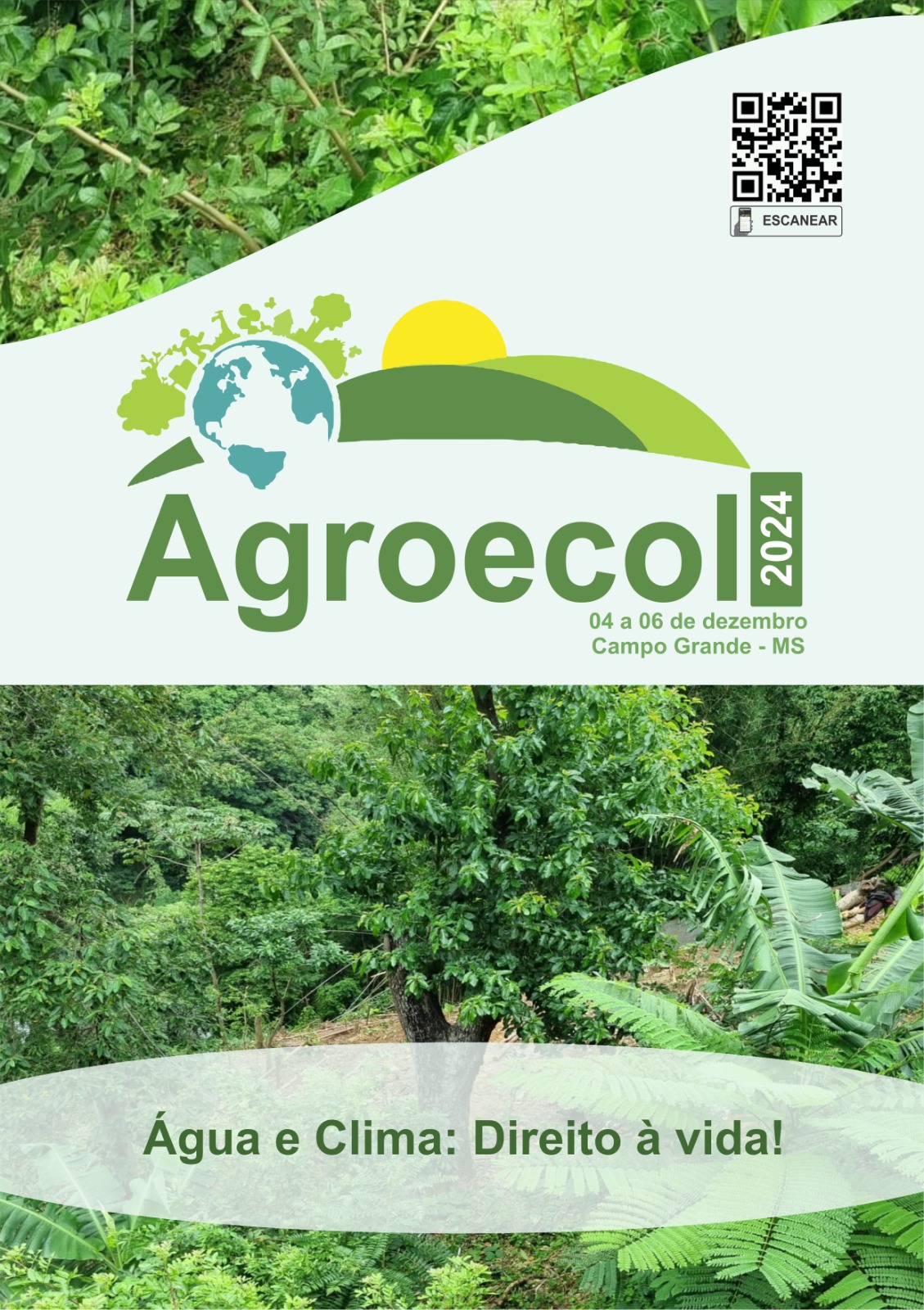Agro-industrial Waste as Components of Plant Substrates
Keywords:
Substrate formulation, alternative materials, physical characterizationAbstract
Substrates are widely used in seedling production in several areas, and finding an affordable and low-cost product is important to avoid burdening the production chain. One alternative is to use agro-industrial waste that is easily found in the producing region by mixing components. This study aimed to physically characterize substrates formed by different source materials, such as agro-industrial waste and formulations. The experiment was developed at the Experimental Farm Laboratory of the Grande Dourados Federal University, in a completely randomized design, with four substrates (treatments) and five replicates. Substrate A was formed by 30% sugarcane bagasse, 10% vermiculite, 10% sugarcane filter cake, and 10% chicken litter; substrate B was formed by 20% sugarcane bagasse, 20% filter cake, and 20% chicken litter; Substrate C was formed by 10% vermiculite, 10% sugarcane filter cake, 10% chicken litter and 30% sugarcane straw; finally, substrate D was formed by 20% filter cake, 20% chicken litter and 20% sugarcane straw. The characteristics evaluated were: current humidity, wet density and dry density. Substrates A and B may be indicated for use in pots 20 to 30 cm high according to dry density, while substrates C and D may be used in pots larger than 30 cm.
Downloads
Published
Issue
Section
License
Copyright (c) 2024 Maximiliano Kawahata Pagliarini, Fabio da Silva Ribeiro, Jerusa Cariaga Alves, Luiz Fabiano Arantes Cassulino, Murilo Henrique Silva Correia

This work is licensed under a Creative Commons Attribution-ShareAlike 4.0 International License.


